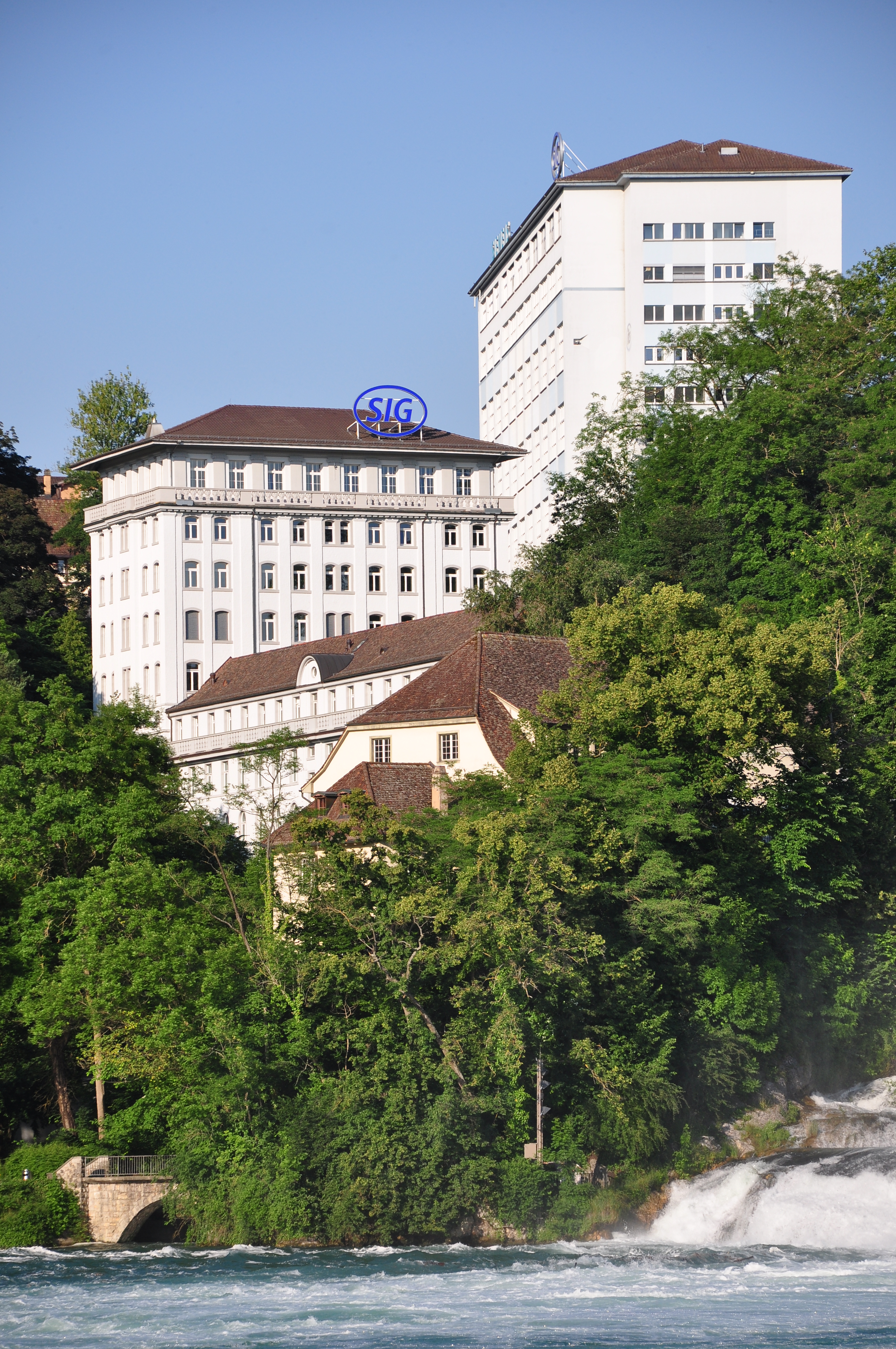|
SBB RBe 540
Starting in 1959, the SBB motor coach of the type RBe 4/4 (designation at last RBe 540) was for a replacement of the old SBB electric locomotives Ae 3/6 I, Ae 3/6 II, Ae 3/6 III and SBB Ae 3/5 with three driving axles. As a consequence, they had much power at their disposal, even more than the Re 4/4 I locomotives, a regenerative brake, cabs on both ends with doors to passenger carriages as well as Multiple-unit train control SBB Vst IIId for multiple-unit or driving trailer. They originally motor coach had 64 seats, 32 smoking and 32 non-smoking, and were painted in ordinary ''SBB green''. The first six prototypes, each costing one million Swiss francs, were delivered 1959 and 1960, and first shown to the press at 24 May 1959. The prototypes had some issues which were fixed until the series production. The series units were four tonnes heavier, and 76 units were ordered, which were put into service between 1963 and 1966. Most of the technical equipment is installed below ... [...More Info...] [...Related Items...] OR: [Wikipedia] [Google] [Baidu] |
Schweizerische Industrie Gesellschaft
SIG Group AG is a Swiss multinational corporation and one of the biggest manufacturers in the packaging industry. Originally founded 1853 as a railway car producer named ''Schweizerische Waggonfabrik'' ("Swiss Wagon Factory"), it was renamed SIG (''Schweizerische Industrie Gesellschaft'', German for Swiss Industrial Company; in French, as ''Société Industrielle Suisse''; and, in Italian, as ''Società Industriale Svizzera'') a decade later, after it had won a contract for the production of firearms by the Swiss government. The SIG Group shares are listed on SIX Swiss Exchange and are a component of the SMI MID index. The industrial site at the headquarters in Neuhausen am Rheinfall is located directly on the Rhine Falls. Built at this location in 1853 for the use of hydroelectric power, the site was transferred to the SIG Charitable Foundation in 2011. History Packaging (1906–today) 1906–1950 In order to address the volatility of the railway vehicle and fir ... [...More Info...] [...Related Items...] OR: [Wikipedia] [Google] [Baidu] |
Multiple-unit Train Control
Multiple-unit train control, sometimes abbreviated to multiple-unit or MU, is a method of simultaneously controlling all the traction equipment in a train from a single location—whether it is a multiple unit comprising a number of self-powered passenger cars or a set of locomotives—with only a control signal transmitted to each unit. This contrasts with arrangements where electric motors in different units are connected directly to the power supply switched by a single control mechanism, thus requiring the full traction power to be transmitted through the train. A set of vehicles under multiple unit control is referred to as a consist in the United States. Origins Multiple unit train control was first used in electric multiple units in the 1890s. The Liverpool Overhead Railway The Liverpool Overhead Railway opened in 1893 with two-car electric multiple units, controllers in cabs at both ends directly controlling the traction current to motors on both cars. Frank J. Sprag ... [...More Info...] [...Related Items...] OR: [Wikipedia] [Google] [Baidu] |
Push–pull Train
Push–pull is a configuration for locomotive-hauled trains, allowing them to be driven from either end of the train, whether having a locomotive at each end or not. A push–pull train has a locomotive at one end of the train, connected via some form of remote control, such as multiple-unit train control, to a vehicle equipped with a control cab at the other end of the train. This second vehicle may be another locomotive, or an unpowered control car. In the UK and some other parts of Europe, the control car is referred to as a ''driving trailer'' (or driving van trailer/DVT where there is no passenger accommodation); in the US and Canada, they are called ''cab cars'' and in Australia, they are called driving trailers. Train formation Locomotive at one end Historically, push–pull trains with steam power provided the driver with basic controls at the cab end along with a bell or other signalling code system to communicate with the fireman located in the engine itse ... [...More Info...] [...Related Items...] OR: [Wikipedia] [Google] [Baidu] |
SBB Re 4/4 II
The Re 420, originally and still widely called Re 4/4II, are a series of versatile standard gauge electric locomotives of Swiss Federal Railways (SBB CFF FFS), but are also used by BLS AG (BLS Re 420.5) and private companies (previously also by the Swiss ''Südostbahn'', SOB). They were produced over a period of 21 years, from 1964 to 1985, and are currently used mainly for rail freight transport, freight operations but still also for some push-pull train, push-pull passenger train services. It is the largest series of locomotives of Swiss Federal Railways, and they are the most common type of locomotive in Switzerland. The Re 420 LION are refurbished Re 420 engines used for peak-hour commuter rail services of Zurich S-Bahn. The Re 421 is an upgraded version built for cross-border operations. The Re 430 (Re 436 of private companies), originally known as the Re 4/4III, are a derivative of the Re 420, modified for higher traction (mechanics), traction but lower speed. Operations ... [...More Info...] [...Related Items...] OR: [Wikipedia] [Google] [Baidu] |


